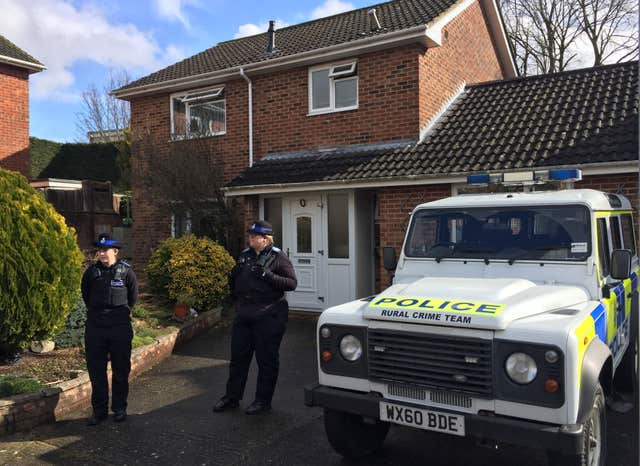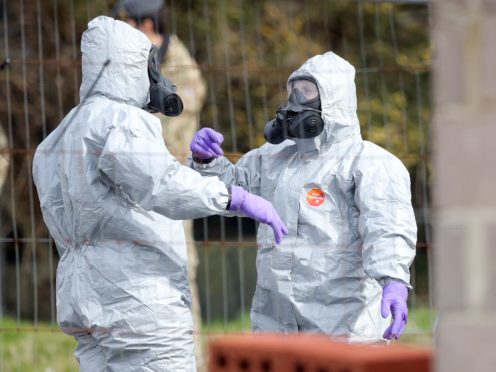Russian intelligence agencies have been spying on former double agent Sergei Skripal and his daughter for at least five years, Britain has said in the latest twist in the Salisbury nerve agent attack.
National Security Security Adviser Sir Mark Sedwill said cyber specialists from the GRU – Russian military intelligence – targeted Yulia Skripal’s email accounts as far back as 2013.

In a letter to Nato Secretary General Jens Stoltenberg, Sir Mark also said that in the 2000s the Russians had begun a programme to train personnel from “special units” in the use of chemical warfare agents.
He said that it included investigating ways of delivering nerve agents by applying them to door handles. The strongest concentration of the Novichok nerve agent found in the Salisbury incident was on the front door of Mr Skripal’s home.
The claims come after the international Organisation for the Prohibition of Chemical Weapons backed Britain’s assertion the Skripals were poisoned by Novichok – a military grade nerve agent developed by the Russians in the 1980s.
In his letter, Sir Mark set out why the Government believes that only Russia has the “technical means, operational experience and the motive” to carry out such an attack – including some declassified intelligence material.
He said Russia had a “proven record of conducting state-sponsored assassination” and that it was “highly likely” some defectors – like Mr Skripal, a former GRU officer who was exchanged in a spy swap in 2010 – may be regarded as “legitimate targets”.
“We have information indicating Russian intelligence service interest in the Skripals dating back at least as far as 2013, when email accounts belonging to Yulia Skripal were targeted by GRU cyber specialists,” he said.

Sir Mark also identified the key institute for developing Novichok in the former Soviet Union as a branch of the State Institute for Organic Chemistry and Technology at Shikany near Volgograd.
“The code word used for the offensive chemical weapons programme (of which the Novichoks were one part) was FOLIANT,” he said.
“It is highly likely that Novichoks were developed to prevent detection by the West and to circumvent international weapons controls.”
He said that Russia had continued to produce and stockpile small quantities of Novichoks within the last decade.
“We therefore continue to judge that only Russian has the technical means, operational experience and motive for the attack on the Skripals and that it is highly likely that the Russian state was responsible,” he said.
“There is no plausible alternative explanation.”
